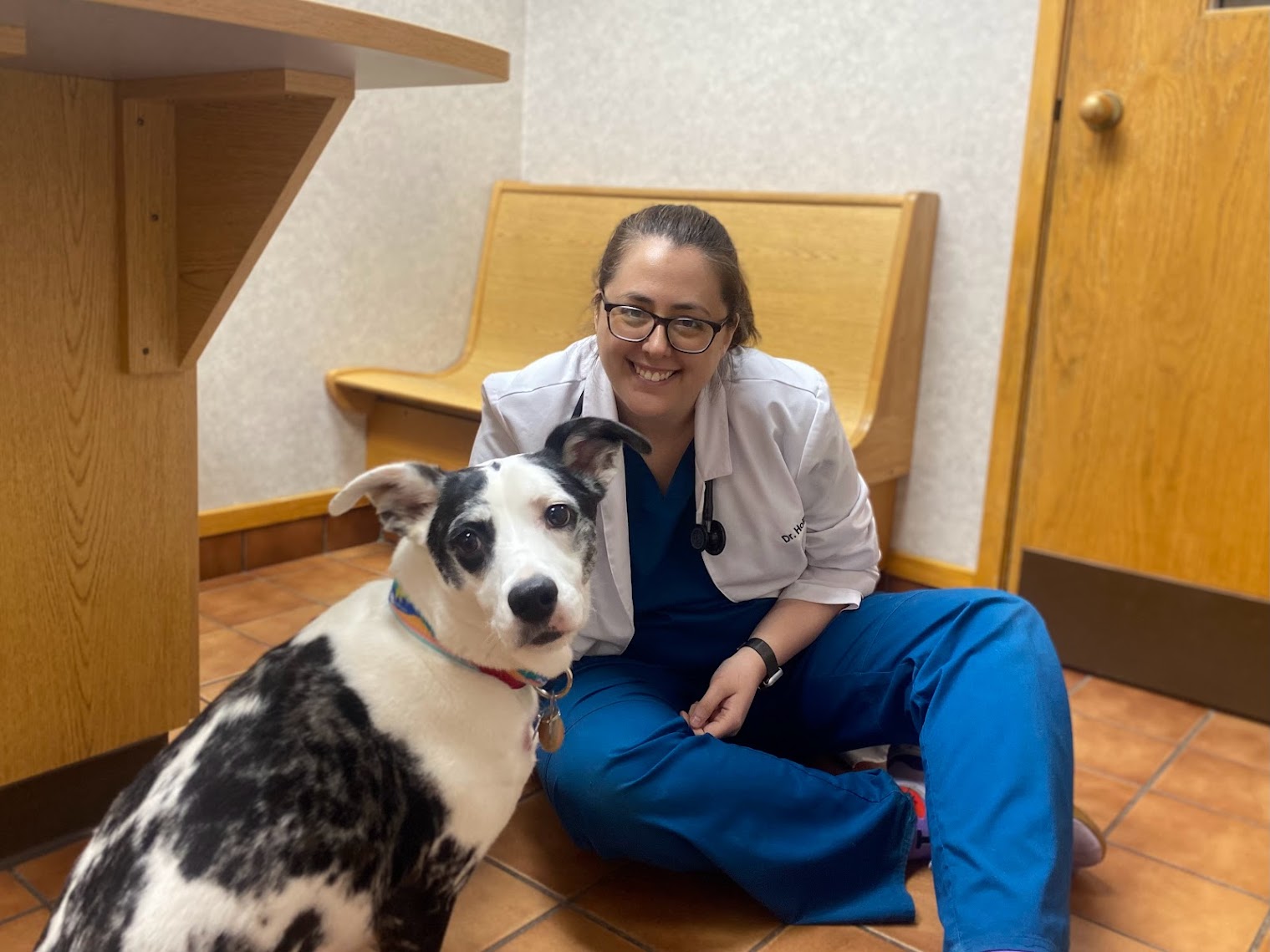Expert Tips for Introducing a New Pet to Your Home: Insights from Veterinarian Dr. Mincks
Welcoming a new pet into your home is a momentous occasion, but it requires thoughtful preparation to ensure a seamless transition for both your new addition and any existing pets. To provide valuable guidance on this matter, CHFA veterinarian Dr. Mincks shares invaluable insights and strategies for introducing a new pet to your household.

Preparations Before Bringing Your New Pet Home
Dr. Mincks emphasizes the importance of thorough research before bringing a new pet home. Understanding the breed's characteristics and tendencies can help anticipate their needs and behaviors. Whether you're adopting a dog or a cat, it's crucial to designate a comfortable space with essentials such as food, water, bedding, and toys.
For dogs, Dr. Mincks recommends providing a crate or bed in a quiet area, along with appropriate toys and treats. It's essential to remove any potential hazards, especially for puppies prone to chewing on non-food items.
Cats, on the other hand, should have a tranquil room away from household noise, equipped with a litter box, food and water dishes, and toys for enrichment.
 Facilitating a Smooth Introduction
Facilitating a Smooth Introduction
Introducing a new pet to existing pets should be a gradual process, guided by patience and positive reinforcement. Dr. Mincks advises allowing dogs and cats to interact at their own pace, using treats and praise to encourage positive associations.
For dogs, starting with introductions on neutral ground can help alleviate tension. Progressing to supervised interactions on the property allows them to become familiar with each other's scents and behaviors.
Similarly, cats benefit from being introduced in a quiet room with the carrier door left open. Allowing them to explore their surroundings and interact through a barrier helps minimize stress and potential conflicts.
Signs to Watch For During Introductions
During the introduction process, it's crucial to monitor your pets' body language for signs of stress or discomfort. Dogs exhibiting stiff body language, excessive licking or yawning, or crouching with their tail between their legs may indicate fear or aggression. Likewise, cats displaying dilated pupils, hissing, growling, or hiding are likely experiencing stress.
Managing Conflicts Between Pets
Conflicts between pets are not uncommon during introductions. Dr. Mincks recommends a "crate, gate, separate" approach, where pets are given time-outs in separate rooms or behind barriers to de-escalate tensions. Seeking guidance from a positive reinforcement-based training professional can also provide valuable assistance in managing conflicts effectively.
Differences in Introducing Pets of Different Species
 Recognizing the differences in introducing pets of different species is essential. While most cats are initially shy and require time to adjust, providing them with quiet spaces and vertical territory can help them feel safe and secure.
Recognizing the differences in introducing pets of different species is essential. While most cats are initially shy and require time to adjust, providing them with quiet spaces and vertical territory can help them feel safe and secure.
Introducing a new pet to your home requires careful planning, patience, and understanding of each pet's needs and behaviors. Positive reinforcement, such as treats and praise, should be used to encourage calm behavior from both animals. Supervised interactions should be brief at first, gradually increasing as the cat and dog become more comfortable with each other. Consistency, positive reinforcement, and respect for each pet's boundaries are key to a successful introduction and eventual friendship between pets. By following these expert tips from Dr. Mincks, you can ensure a harmonious transition and foster positive relationships between your furry companions.
Additional resources from Dr. Mincks - Fear Free Happy Homes -
https://www.fearfreehappyhomes.com/introducing-cats-and-dogs-how-to-help-ensure-harmony-in-the-home/
https://www.fearfreehappyhomes.com/kit/newly-adopted-pets/
If you are looking for a veterinarian in the Grand Rapids, Michigan area, contact us today.



